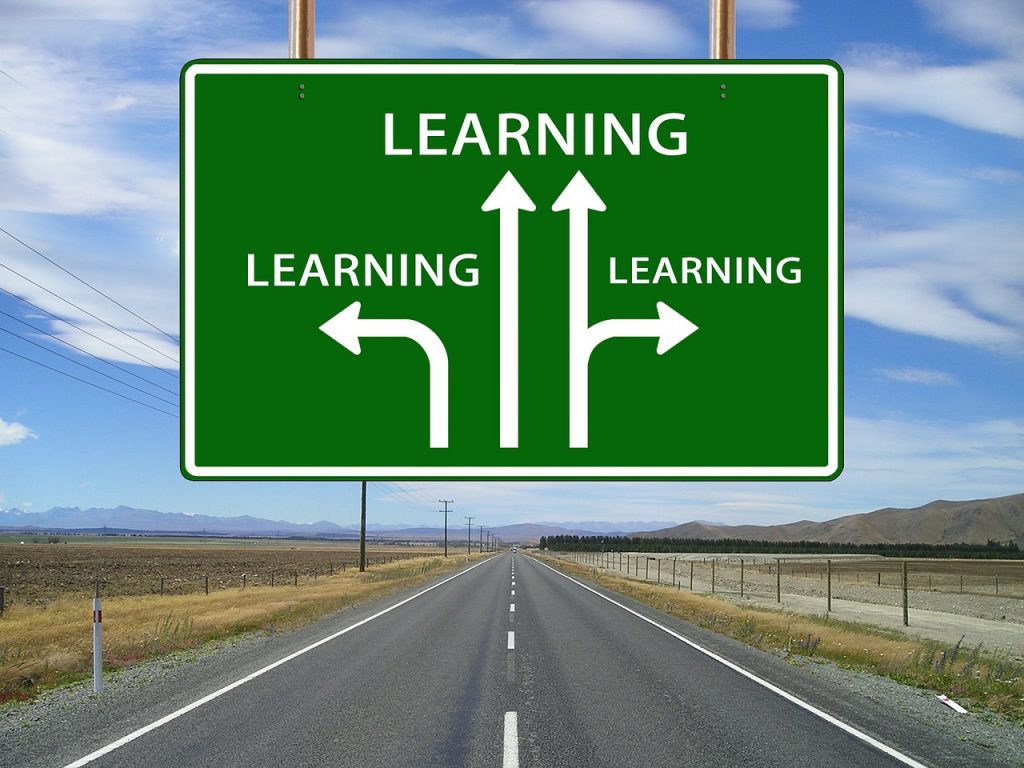The Many Pathways to Knowledge

We often think people are either born smart or they aren’t. But geniuses in writing, chess, music, sports, and so on, tend to share three things in common. First, they began learning their skill early in life. Second, they practiced more than 20 hours a week over at least a decade. Third, they took on challenges that were just above their level. This tells us that intelligence is not something we either have or we don’t have; it is something that we can build with practice.
Lots of factors other than our brains affect how well we learn. For example, we will have a harder time learning if: we are having difficulties at home; we aren’t getting along with our peers; the information we are learning does not match our interests; our school does not respect our identities; we aren’t getting enough healthy food; or the way something is taught does not fit with how we learn. Often, people who have not done well in school think they are not smart, but really these other factors were part of the problem.
In the 1950s, Barbara Arrowsmith-Young was an elementary school student in Toronto. No matter how hard she tried, she could not learn to tell time. She did not understand complex ideas or how they connected to each other. She wrote letters backwards and struggled to learn the rules of math and grammar. Her teachers said she had a learning disability. She dreaded the thought of going to high school so much that she tried to take her own life. When she did not succeed, she felt angry with herself for not even being able to get that right. But the world is a better place because Barbara survived that difficult time.
When Barbara was 25 years old, she learned about a scientist who found that the structure of the brain could be changed by experience and exercise. She decided to create exercises to change her brain to do the things she was supposedly unable to do. She practiced turning the hands of a watch to the correct time. Then she practiced drawing clock faces that showed the correct time. Slowly, she made these exercises harder and tried to do them faster. She practiced everyday, sometimes up to 12 hours a day. Eventually, she could tell time, and she also began to understand the rules of math and grammar. The exercises she made up actually changed the structure of her brain. Scientists say there are two possible explanations. One explanation is that the parts of her brain that work well were able to change their structure to make up for the parts that didn’t. The other explanation is that the parts of her brain that didn’t work changed until they did.
After this amazing success, Barbara went on to create more exercises to solve other problems she was experiencing. For example, she learned to read maps and overcome her physical clumsiness.
Barbara’s story suggests that a brain that gets labelled as having a learning disability may just learn differently. Everybody learns in their own way and at their own pace. If we try different approaches, we may be able to find an approach that works best for us. Today, Barbara runs schools that help students who learn in different ways. Many more people who thought they couldn’t learn have found out that they can. The human brain is full of surprises!
Attributions
Learning
Image by geralt is in the public domain.

